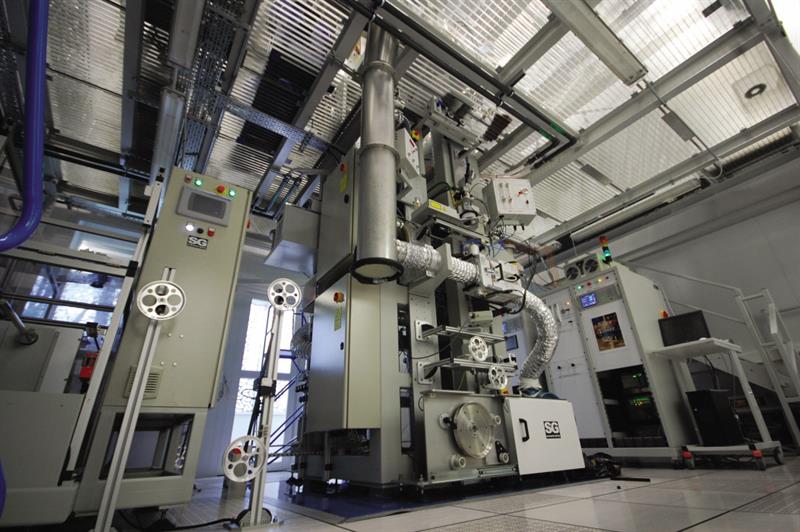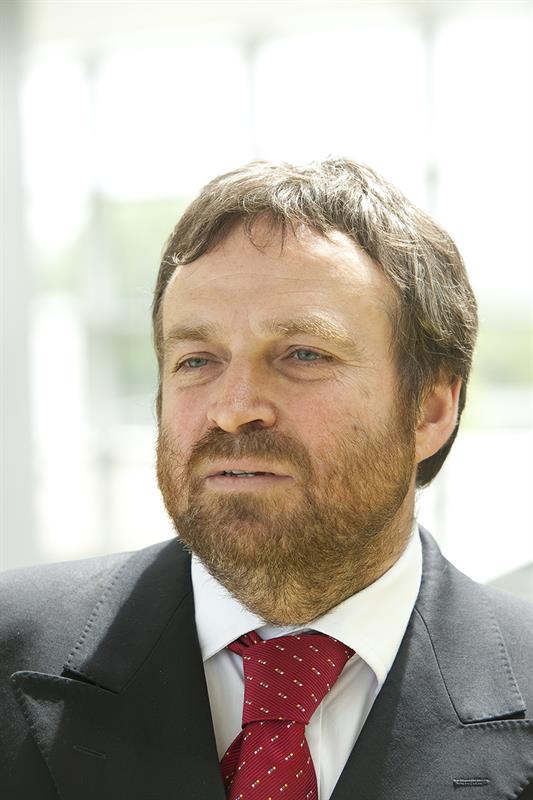As part of this, a joint workshop was held in 2013 to discuss cooperation in the field of networked technologies and systems. Stream D of this workshop discussed technologies needed to realise high speed and large capacity broadband networks. On the agenda was how optical networks could be key enablers of high speed and large capacity networks, as well as the management of those networks. The technologies discussed included optical transmitters and receivers, with a focus on low power consumption and high efficiency, as well as ways of controlling and managing optical networks.
Since 2013, the EU and the Japanese government have announced four communications research projects backed by €12million and involving more than 40 partner institutions.
RAPID will use innovative radio network architectures to advance 5G technology, while iKaaS will develop a smart and secure platform for smart cities based on big data resources. FESTIVAL, meanwhile, will provide joint EU-Japan IoT experimentation platforms, where experimenters can validate their smart ICT service developments
The final project – SAFARI, with €1.5m of funding – will develop programmable optical hardware that can support data transmission rates of at least 400Gbit/s per channel. And the SAFARI project – Scalable And Flexible optical Architecture for Reconfigurable Infrastructure – will see the University of Southampton's Optoelectronics Research Centre (ORC) joining in the development of new technologies for high speed networks in densely populated user areas.
ORC scientists are working with Coriant and the Technical University of Denmark and with NTT and Fujikura in Japan. The project will look to build high speed networks that feature multicore optical fibres with space division multiplexing to produce scalable and flexible optical transport networks.
ORC deputy director Professor David Richardson said: "The project, which is part of the Horizon 2020 programme, emerged from the joint EU/Japanese initiative to address industrially relevant technologies. We have been talking about working with Japanese institutions for some time and we have identified key areas where interaction would be of benefit."
Networking specialist Coriant has already been involved in European projects, including MODE-GAP, which developed multimode long haul optical transmission systems. Prof Richardson said that MODE-GAP was very successful. "MODE-GAP was looking at adventurous transmission technologies and its partners did some leading demonstrations of multimode transmissions over fibre. Now, in the SAFARI project, ORC is delighted to be working with Coriant and some of the largest Japanese companies, such as NTT and Fujikura."
He said there are two aspects to SAFARI. "One is to develop the optical transport technology needed to transmit data at rates in excess of 400Gbit/s, along with way of providing networking flexibility and of controlling these high speed networks using software defined networking (SDN).
"On top of that, there's interworking between SDN and the physical layer. We want to combine SDN with ultrahigh capacity fibre links using fibres containing multiple cores, each core running at close to the full capacity of current single mode fibre systems." The Japanese partners have already developed high performance multicore fibre technology, demonstrating aggregate capacities as high as 1Pbit/s in point-to-point transmission experiments in 12 core fibres."
ou might think the diameter of an optical fibre cable would not be an issue, but Prof Richardson said it is. "There are mechanical reliability issues that come into play as the diameter of fibre cables increases, so we're trying to push the limits on how many cores can fit into the cross section of a standard fibre – something like 250µm. The Japanese partners have successfully incorporated as many as 19 cores into a fibre and we hope to push well beyond that."

With more cores in the fibre cross section, optical crosstalk becomes an issue. "As cores get closer," he said, "light is prone to couple from a given core into the adjacent cores due to the 'tails' of the spatial optical modes which extend into the fibre cladding: the closer the cores, the higher the crosstalk and the greater the degradation in signal fidelity. Advanced modulation format signals, such as 16 and 64QAM, have demanding requirements in terms of the amount of crosstalk they can tolerate."
ORC's main role in SAFARI is to develop optical amplifiers that can simultaneously operate on each core and across the C band. "But we may also look to extend the operating range into the L band," Prof Richardson added.
While optical fibre was initially developed to support 850nm transmission, 1550nm became popular because of the lower losses over longer distances, although more expensive laser sources were needed. The C band extends from 1530 to 1565nm, while the L band covers 1565nm to 1625nm. "Wavelength division multiplexing techniques are well developed," Prof Richardson noted, "so we will be exploiting these conventional transmission wavelengths and laser technology. However, at high data rates, transmission will need to be adaptable and flexible, with advanced modulation schemes.
Whilst ultra high capacity data transmission is one issue, Prof Richardson pointed out, another is control. "In principle," he said, "the performance of the network can be changed through software; for example, to provide higher performance in a particular core at a particular moment in time to better service user needs."
Transmission and amplification of optical data are not strange to Southampton's researchers. "We have a big telecomm group here and we have done extensive work on amplifiers as well as on new transmitter concepts. For example, single mode amplifiers in use around the world today were an innovation from Southampton in the 1980s."
Carrying more data over more fibres, but within a given diameter, provides challenges and Prof Richardson expects new solutions. "We have a range of projects looking at various potential solutions, including the use of multiple modes within fibres, as well as multiple cores. We are also looking at new dopants that might allow fibre to be used beyond the C and L bands, as well as new fibre materials."
Some of those approaches have already been explored, but Prof Richardson pointed to other approaches, including making bundles of thin fibres in a common coating, as well as hollow cores. "Rather than transmit light through glass, we're exploring hollow cores in which the signals propagate in air; an approach which is showing good results and may support the use of longer wavelengths."
While Prof Richardson advises that much of the work being undertaken is on a 'long horizon' basis, he said there is a desire to look beyond traditional fibre. "We are still in the exploration phase," he concluded. "While we may not yet be able to compete in terms of raw capacity and performance with operating multiple single mode fibres in parallel, we hope that we can do something clever with these new fibre concepts to deliver ultra high capacity whilst reducing the cost of installing and operating future network infrastructure."
"We are also looking at new dopants that might allow optical fibre to be used
|














